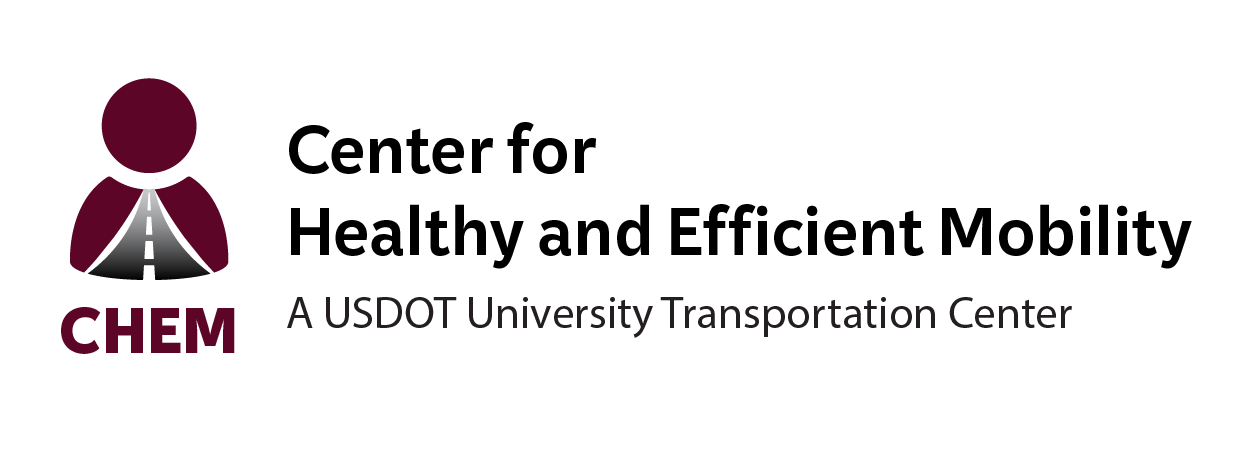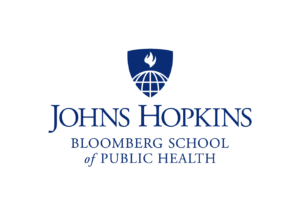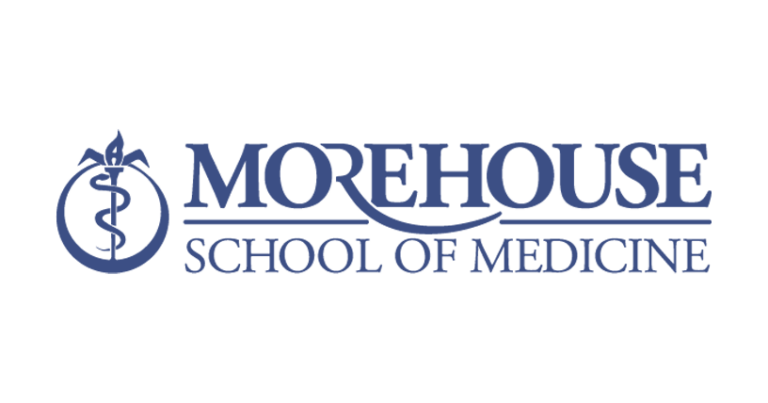Abstract
Asthma is a chronic airway disease characterized by episodes of coughing, shortness of breath and wheezing. Worldwide, asthma is conservatively estimated to effect more than 334 million people, with varying degrees of intensity. In the United States alone, around 6 million children are affected by asthma, making the condition the most common chronic disease in children. Traffic-related air pollution (TRAP) may be an important exposure contributing to the development of childhood asthma. Yet the burden of incident childhood asthma, attributable to TRAP, is poorly documented. We aimed to estimate the burden of incident childhood asthma, attributable to TRAP, within the Contiguous United States. TRAP exposures were estimated using existing land-use regression models developed and validated by the Marshall Research Group at the University of Washington, Seattle.
Childhood was defined as the period between birth to 18 years old. Using the validated US land-use regression model, we estimated childhood population exposure to NO2 at the smallest census area level (the census block). We searched for national, regional and state baseline incidence rates for childhood asthma. We scaled previously estimated meta-analytical exposure-response functions to the NO2 exposure levels assigned at each census block in the US. We combined all the above information in standard burden of disease assessment and estimated the annual number of incident asthma cases attributable to NO2 across the US. We are further investigating the impacts of other pollutants including PM2.5 and PM10 as estimated by land-use regression models.
Research Investigators (PI*)
Haneen Khreis*, Texas A&M Transportation Institute
Project Information
Start Date: January 18, 2018
End Date: December 31, 2019
Status: Completed
Grant Number: 69A3551747128
Source Organization: CARTEEH UTC
Project Number: TTI-01-10
TRID URL
UTC Project Information Form
CARTEEH Focus Area
Exposure and Health Impacts
Policy and Decision Making
Data Integration
Sponsor
Office of the Assistant Secretary for Research and Technology
University Transportation Centers Program
Department of Transportation
Washington, DC 20590 United States
Performing Organization
Texas A&M Transportation Institute
Texas A&M University System
1111 RELLIS PARKWAY, Bryan, TX 77807




